
Monday, May 31st
PL-G-MON
PL-G-MONAlexandre Pohl (UTFPR), and Mônica Rocha (USP)
8:50 to 12:40 / Auditorium
1
Opening Cerimony
8:50 to 8:55 / Auditorium
—

Alexandre Pohl
Alexandre de Almeida Prado Pohl graduated in Physics from the State University of Campinas (Unicamp) in 1982, and obtained the Master degree in 1987 from the same university. He completed the Dr-Ing at the Technische Universität Braunschweig, Germany, in 1994. From 1995 till 2000 he was with the Telecommunications Division of Furukawa Company in Brazil, participating on the design...
2
Opening Cerimony
8:55 to 9:00 / Auditorium
—
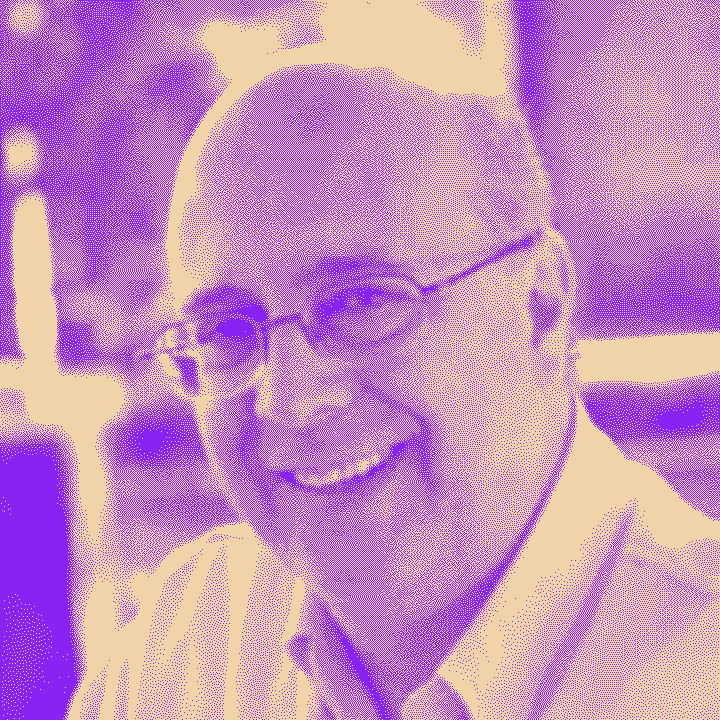
Vanderlei Salvador Bagnato
Vanderlei Salvador Bagnato simultaneously completed his bachelor's degree in Physics – USP and Materials Engineering – UFSCar in 1981 and completed his Ph.D. in Physics – MIT in 1987.
He is currently a full professor at the University of São Paulo and coordinator of the USP Agency Of innovation. He has received several prizes and honors and has worked in the area of...
3
Initiatives of Ministry of Science, Technology and Innovation (MCTI) in Photonics
9:00 to 9:30 / Auditorium
This presentation aims to present the Photonics initiatives carried out within the scope of the Ministry of Science, Technology and Innovation – MCTI. Inside the Ministry, the Secretariat of Entrepreneurship and Innovation (SEMPI-MCTI) has been responsible for Public Policies in Photonics since 2017. The General Coordination of Enabling Technologies (CGTH-DETAP-SEMPI-MCTI) is the technical area responsible for carrying out Programs in the fields of Photonics. In order to assist the MCTI in technical discussions, the MCTI implemented, through the Presidential Ordinance no. 10,137/2019, an Advisory Committee of Photonics (CCFOTO), designed to formulate, and evaluate proposals related to photonics. In addition, MCTI has been working with structuring Public Policies in Photonics, such as: (i) The Brazilian Photonics Initiative (IBFóton) that was established by the Ministerial Ordinance no. 4,532/2021. IBFóton is the main strategic program to encourage Photonics in the Brazil with a focus on promoting innovation in Brazilian industry and scientific, technological, economic and social development; and (ii) the Brazilian Photonics Laboratories System (Sisfóton-MCTI) that was established by the Ministerial Ordinance nº 4,530/2021. Sisfóton-MCTI is a set of laboratories or networks of multi-user laboratories, of open access to public and private users, and directed to research, development and the provision of technological services, entrepreneurship and innovation in Photonics. For the promotion of the area, the National Council for Scientific and Technological Development (CNPq), in partnership with the MCTI, launched the Public Call 01/2021 whose objective is to finance up to 11 laboratories in Photonics.

Paulo Cesar Rezende de Carvalho Alvim
Paulo Alvim graduated in Civil Engineering from the Federal University of Rio de Janeiro, with a Master degree in Information Science, from University of Brasília. With experience as technical analyst of transportation, energy and basic industrial technology, he has worked at SEBRAE, in the areas of technological support for small businesses, modernization and technical...
4
Intraoperative 5‑ALA photodynamic therapy for newly diagnosed glioblastoma patients: a preliminary analysis of the INDYGO clinical trial (NCT03048240)
9:30 to 10:15 / Auditorium
Glioblastoma (GBM) is the most aggressive malignant primary brain tumor. The unfavorable prognosis despite maximal therapy relates to high propensity for recurrence. Thus, overall survival (OS) is quite limited and local failure remains the fundamental problem.
A safety and feasibility trial after treating GBM intraoperatively by photodynamic therapy (PDT) after 5-aminolevulinic acid (5-ALA) administration and maximal resection was performed at The Lille University Hospital, France.
Ten patients with newly diagnosed GBM were enrolled and treated between May 2017 and June 2018. The standardized therapeutic approach included maximal resection (near total or gross total tumor resection (GTR)) guided by 5-ALA fluorescence-guided surgery (followed by intraoperative PDT. Postoperatively, patients underwent adjuvant therapy (Stupp protocol). Follow-up included clinical examinations and brain MR imaging was performed every 3 months until tumor progression and/or death.
There were no unacceptable or unexpected toxicities or serious adverse effects. At the time of the interim analysis, the actuarial 12-months progression-free survival (PFS) rate was 60% (median 17.1 months), and the actuarial 12-months OS rate was 80% (median 23.1 months).
PDT delivered immediately after resection as an add-on therapy of this primary brain cancer is safe and may help to decrease the recurrence risk by targeting residual tumor cells in the resection cavity.
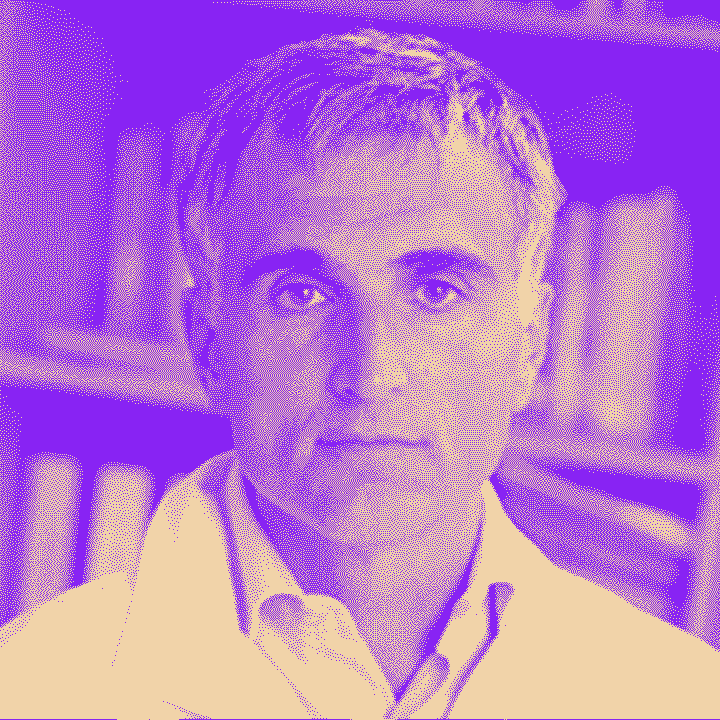
Serge Mordon
Serge R. Mordon, PhD is Research Director of the French National Institute of Health and Medical Research (INSERM). He is the Head of INSERM ONCOTHAI (Laser Assisted Therapies and Immunotherapies for Oncology) and the Photomedicine Center (Lille University Hospital, France).
Since 1981, he has been involved in the medical applications of lasers, particularly in...
5
Advancing photonic systems through machine learning
10:15 to 11:00 / Auditorium
As our current society is highly dependent on our ability to share information, optical communication systems, i.e. the backbone of our communication infrastructure need to continuously evolve. The machine learning (ML) toolbox provides an effective and necessary set of tools to enable such technological advancements, as ML excels at: 1) learning complex input-output mappings allowing for simple system optimization, 2) extracting optimal decision rules for highly nonlinear classification problems 3) performing ultra-sensitive signal detection, 4) solving inverse system design problems. These strengths of ML make it applicable from the characterization of photonic devices to the optical subsystem design and full end-to-end system optimization.
In this talk, I will review our recent efforts on applying ML for signal equalization in intensity-modulated directly-detected (IM/DD) systems as well as constellation shaping for long-haul coherent transmission. I will discuss our proposed framework for the design and optimization of Raman amplifiers, Erbium-doped fiber amplifiers (EDFAs), and hybrid Raman+EDFA amplifiers. Finally, I will show an application of Bayesian filtering enabling ultra-sensitive characterization of fiber lasers and frequency combs, with potential applications in fiber sensing and quantum communication.

Francesco Da Ros
Francesco Da Ros received his Ph.D. in 2015 from the Technical University of Denmark (DTU) including a research stay at the Fraunhofer Heinrich-Hertz-Institute. Between 2015 and 2018, he worked within the Center for Silicon Photonics for Optical Communications at DTU, and since 2020, he is a senior researcher in the Machine Learning in Photonic Systems group at DTU.
Dr....
11:00 to 11:10
Break
6
Overcoming the Light Penetration Limits in Photodynamic Therapy of Cancer
11:10 to 11:55 / Auditorium
The high attenuation of light in tissue limits clinical applications. In particular, photodynamic therapy (PDT) using light-activated compounds (photosensitizers) has been unsuccessful in treating melanoma, because of its high pigmentation. Approaches to address this are optical clearing and fs laser-based 2-photon activation. For other large and deep-seated tumors, an emerging strategy is Radiodynamic Therapy, in which PDT is mediated by a low dose of deeply-penetrating high-energy X-rays as the energy source. The low activation efficiency of RDT can be circumvented by targeting the photosensitizer to the cell nucleus. These concepts are demonstrated using cell and animal tumor models.
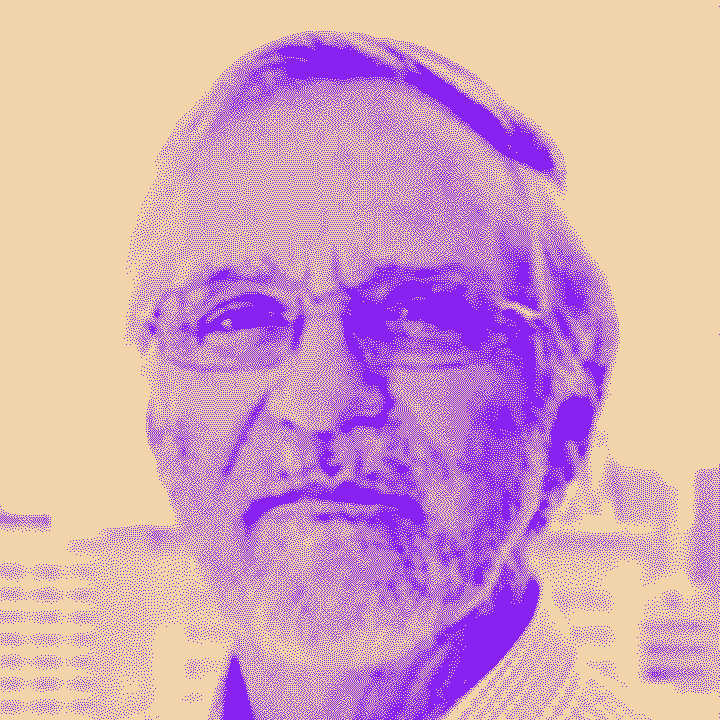
Brian Wilson
Dr Wilson is internationally recognized for his pioneering research into various optic tools applied to minimally-invasive cancer treatment and early diagnosis.
In the early 80’s, he started a program in translational research and collaborative clinical trials of photodynamic therapy for brain, prostate and gastrointestinal cancers. He has driven the development of...
7
Towards space division multiplexing with 1000s of spatial modes
11:55 to 12:40 / Auditorium
Space division multiplexed communications uses fibers supporting multiple spatial modes to increase the capacity carried by a single optical fiber. In this talk, I will overview some of the research inside and outside Nokia Bell Labs to build devices supporting large mode counts and the transmission experiments using these devices. The key components include mode multiplexers, optical amplifiers, and special optical fibers.
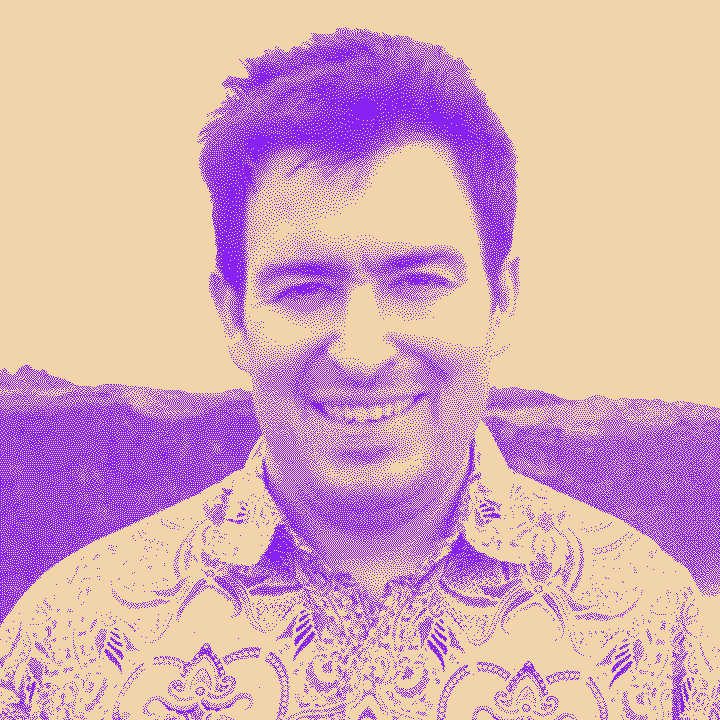
Nicolas Fontaine
Nicolas K. Fontaine received the Ph.D. degree in electrical engineering from Next Generation Network Systems Laboratory, University of California, Davis, CA, USA, in 2010. In his dissertation, he studied how to generate and measure the amplitude and phase of broadband optical waveforms in many narrowband spectral slices.
Since June 2011, he has been a Technical Staff...
Tuesday, June 1st
PL-G-TUE
PL-G-TUEGustavo Wiederhecker (UNICAMP), and Cleber Mendonça (USP)
9:00 to 12:40 / Auditorium
8
From Nonlinear Optics to High-Intensity Laser Physics
9:00 to 9:45 / Auditorium
The laser increased the intensity of light that can be generated by orders of magnitude and thus brought about nonlinear optical interactions with matter. Chirped pulse amplification, also known as CPA, changed the intensity level by a few more orders of magnitude and helped usher in a new type of laser-matter interaction that is referred to as high-intensity laser physics. In this talk, I will discuss the differences between nonlinear optics and high-intensity laser physics. The development of CPA and why short, intense laser pulses can cut transparent material will also be included. I will also discuss future applications.

Donna Strickland
Donna Strickland is a professor in the Department of Physics and Astronomy at the University of Waterloo and is one of the recipients of the Nobel Prize in Physics 2018 for developing chirped pulse amplification with Gérard Mourou.
Strickland earned a B.Eng. from McMaster University and a PhD in optics from the University of Rochester. She was a research associate at the...
9
Photonic Glass ceramics
9:45 to 10:30 / Auditorium
Looking at the literature of the last years is evident that glass-based rare-earth-activated optical structures represent the technological pillar of a huge of photonic applications covering Health and Biology, Structural Engineering, Environment Monitoring Systems and Quantum Technologies. Since the pioneering work of Tick, Borrelli, Cornelius, and Newhouse on transparent glass ceramics performed in 1995, the research regarding photonic glass-ceramics is growing fast, covering a broad spectrum of applications. In the last years, we demonstrated that SiO2-SnO2 glass ceramics, presenting a strong absorption cross section in the UV range due to the SnO2 nanocrystal, are effective rare earth ions sensitizers. Another interesting property of the SiO2-SnO2 system is its photorefractivity, demonstrated in several papers published by our consortium. It has been shown that the UV irradiation induces refractive index change allowing the direct writing of both channel waveguides and Bragg gratings. The presented results not only demonstrate the viability and outstanding properties of the SiO2-SnO2 glass-ceramics for photonic applications but also lay the foundations for the fabrication of efficient integrated lasers.
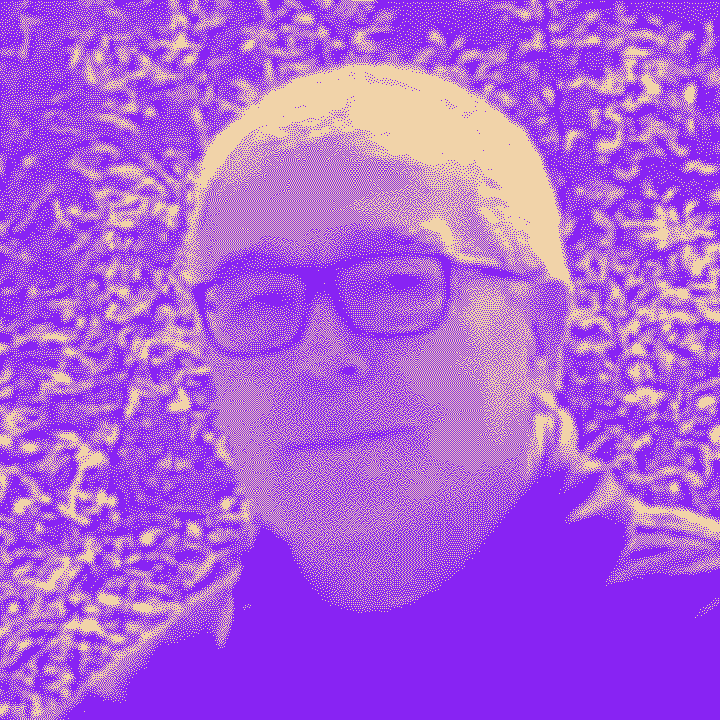
Maurizio Ferrari
Maurizio Ferrari received the Doctor in Physics degree from Trento University, Italy, in 1979/1980. Until 1989, he worked as a Researcher with the Laboratoire de Physico-Chimie des Matériaux Luminescents, Lyon, France, and in 1989 he moved to Trento as a Researcher with the Institute for Photonics and Nanotechnologies, CNR.
He is currently director of research with the...
10
Advances in Photonic Aperiodic Arrays and Circulators
10:30 to 11:15 / Auditorium
Due to their much lower losses photonic dielectric antennas are preferred, in several applications, instead of the metallic ones. However, their sizes are typically in the order of one wavelength, consequently, if single beamforming is needed, the use of aperiodic phased arrays capable of suppressing grating lobes is mandatory. On the other hand, the recent development of nonreciprocal materials without external magnetization may enable the design of compact integrated circulators. Such devices among other applications, allow the antennas to operate in the transceiver mode. In this talk, the research advances of these two key topics will be addressed in detail.
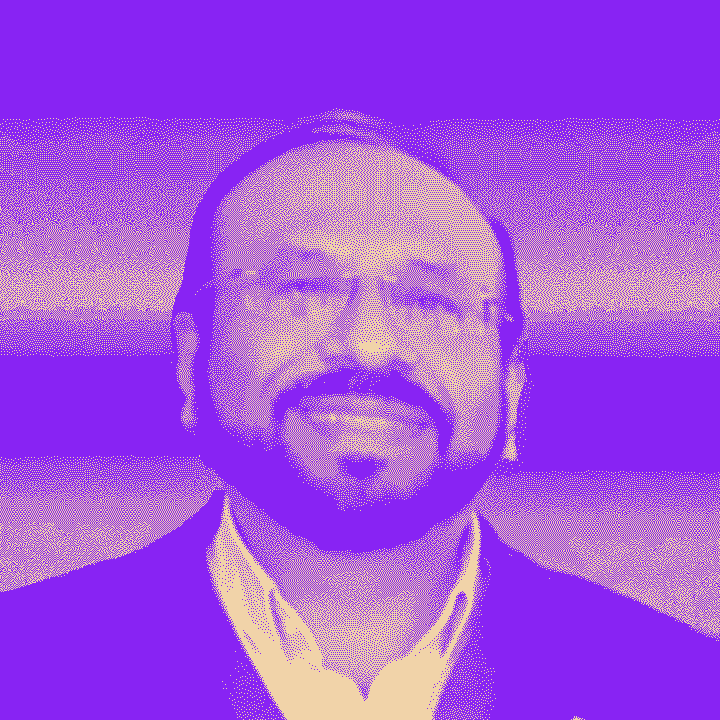
Hugo Enrique Hernández Figueroa
He has a degree in Electrical Engineering (1982) and a specialization in Mathematics (1983) from the Federal University of Rio Grande do Sul, a master's degree in Electrical Engineering (1986) and a master's degree in Informatics (1988), from the Pontifical Catholic University of Rio de Janeiro, and a doctorate in Physics from Imperial College of Science, Technology and...
11:15 to 11:25
Break
11
Photonics and the contribution to control microorganisms
11:25 to 11:55 / Auditorium
Using light as the main element, and photo-reactions as actions, it is possible to develop several techniques that allow microbiological control. From the treatment of infections external to the body, through internal infections to the preparation of organs for transplantation, these are realities within photonics today. In this presentation, we will review the work carried out by the Center for Optics and Photonics at IFSC – University of São Paulo

Vanderlei Salvador Bagnato
Vanderlei Salvador Bagnato simultaneously completed his bachelor's degree in Physics – USP and Materials Engineering – UFSCar in 1981 and completed his Ph.D. in Physics – MIT in 1987.
He is currently a full professor at the University of São Paulo and coordinator of the USP Agency Of innovation. He has received several prizes and honors and has worked in the area of...
12
Extreme Light Scattering
11:55 to 12:40 / Auditorium
We discuss the physics and applications of nonlinear Thomson scattering. When high intensity laser light (~1018 W/cm2) scattered with electrons, the degree of polarization of the scattered light was found to depend on its intensity level. This has implications for recent tests of cosmological theories based on the polarization of the cosmic microwave background. At higher intensity (~1021 W/cm2), a novel x-ray generation mechanism was demonstrated, namely high-order multiphoton Thomson scattering (n > 500).1 Nonlinear Thomson scattering was also predicted theoretically to measure the pulse duration of attosecond electron bunches.2 A compact all-laser-driven x-ray source with synchrotron quality and gamma-ray energy was developed, based on Thomson scattering by a highly relativistic electron beam (>100 MeV), which was accelerated by a laser-wakefield plasma wave. Experiments showed that the quality of the electron beam could be improved with optical injection.3 The x-rays were applied to structural analysis via femtosecond diffraction, and to active interrogation of shielded materials. Prospects for medical applications will also be discussed.
1, W. Yan et al., Nature Photonics 11, 514 (2017).
2. C. Fruhling, G. Golovin, and D. Umstadter, Physical Review AB 23, 072802 (2020)
3. G. Golovin et al., Physical Review Letters 121, 104801 (2018).

Donald Umstadter
Donald Umstadter is a professor and Leland J. and Dorothy H. Olson Chair of Atomic, Molecular and Optical Physics in the Physics and Astronomy Department at the University of Nebraska, Lincoln. He directs the <em>Extreme Light Laboratory</em>, which is dedicated to the study of the science, technology, and applications of extreme light.
The research involves...
Wednesday, June 2nd
PL-G-WED
PL-G-WEDLino Misoguti (USP), and Anderson Gomes (UFPE)
9:00 to 12:40 / Auditorium
13
TCAD Simulation for Optics & Photonics
9:00 to 9:30 / Auditorium
In this talk we will describe optical devices and technologies and the methods used to design and analyze them. It is essential to have tools that can model the complex and diverse structures found in these devices and simulate them to provide insight into their performance and behavior. These tools need to rely on advanced physics modeling that often goes down to the quantum mechanical level and at the same time need work at the macro level for predicting J-V, thermal, and optical parameters. These tools are called Technology computer-aided design (technology CAD or TCAD) are part of electronic design automation and models semiconductor fabrication and semiconductor device operation.

Eric Guichard (Silvaco Inc, USA)
Dr. Eric Guichard is Vice President and General Manager of Silvaco’s TCAD Division. He is responsible for managing all aspects of the TCAD division from R&D to field operations. Since joining Silvaco in 1995, he has held numerous positions including GM of Silvaco France and VP of Worldwide TCAD Field Operations. Prior to joining Silvaco, Eric Guichard was a senior SOI engineer...
14
Optical fibers in life-science applications
9:30 to 10:15 / Auditorium
Microstructured silica optical fibers and capillaries are a useful tool for various studies in life-sciences. Although not replacing lab-on-a-chip, they exhibit unique characteristics, such as minimally invasive footprint and potential use in-vivo. In this talk we describe some fiber-based systems that include high performance flow cytometers, cell separation and cell picking devices. We also discuss recent results on the development of a fiber-based molecular diagnostic system aiming at viral detection and quantification. The system is designed to perform loop-mediated isothermal amplification (LAMP) in thousands of droplets flowing in an optofluidic fiber arrangement. Digital viral presence or absence in each droplet is assessed through fluorescence probing. The number of droplets with the virus (e.g., COVID 19) should allow for quantifying the viral load of the sample analyzed.

S. Etcheverry, A. Sudirman, S. Sengupta, H. Parker, A. V. Harisha, R. Soares, H. N. Joensson, A. Russom, F. Laurell, and Walter Margulis (presenter, from RISE Acreo)
Walter Margulis is a senior scientist at Acreo and guest professor at KTH Royal Institute of Technology, having worked for 30 years in photonics and specialty optical fibers.
Some of the research lines developed are nonlinear optics, distributed sensing and optofluidics in fibers. Expertise: Fiber Optics, Fiber Optic components, Fiber Optics in Life Science, Fiber Optics...
15
Shining Light on Nonlinear Optics in 2D Layered Transition Metal Dichalcogenides
10:15 to 11:00 / Auditorium
2D Layered Transition Metal Dichalcogenides (LTMDs) are bi-dimensional nanostructures consisting of atomically thin monolayers of the type MX2, with M a transition metal atom and X a chalcogen atom. Besides the well-known and studied semiconducting MoS2 and WS2, semi-metallic ZrTe2 and metallic NbS2 are examples of 2D LTMDs. In this talk, I shall review the relevant properties of the four above mentioned materials, some of the fabrication methods, and will describe nonlinear optical studies covering a range of excitation regimes. Using CW or CW/ML (>1MHz repetition rate) excitation sources with linearly or circularly polarized light, we show that the intensity dependent refractive changes are thermal in origin, ~10-6cm2/W, and lead to ring formation due to spatial self-phase modulation. Using optical sources with 1kHz repetition rate and 100fs pulse duration, we determined the intensity dependent nonlinear refraction (~10-16cm2/W) of electronic origin, besides, in some cases, the nonlinear absorption. We also show how ZrTe2 can be used as a scatterer for a colloidal dye-based random laser.
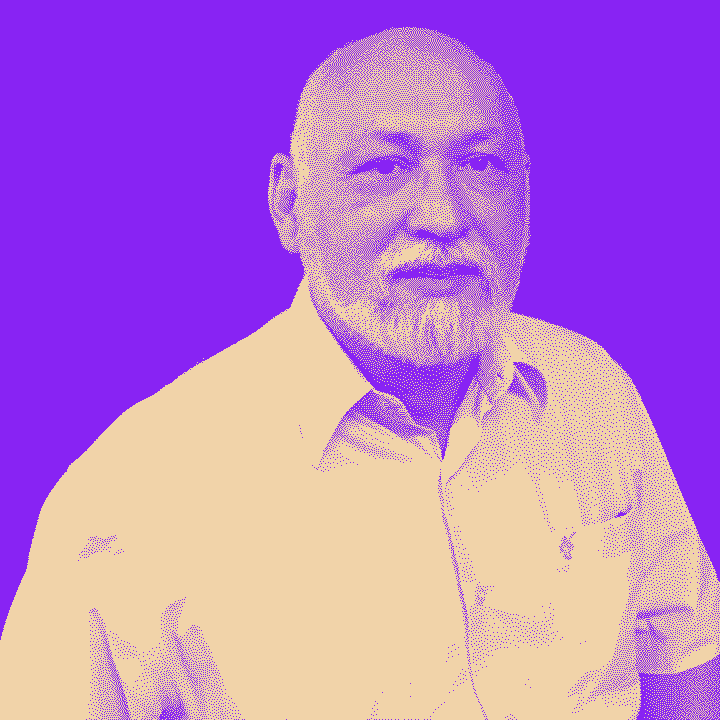
Anderson Stevens Leônidas Gomes
Anderson S. L. Gomes received his PhD degree from Imperial College of Science, Technology and Medicine, London, in 1986, and is presently a Full Professor of Physics at the Physics Department, Universidade Federal of Pernambuco, Recife, PE, Brazil. He is the co-author of more than 300 scientific papers, 03 international patents, supervised more than 36 Master Dissertations and 20...
11:00 to 11:10
Break
16
Photonic Sensors at UTFPR – CPGEI
11:10 to 11:55 / Auditorium
This talk will present and discuss, following an historical timeline, the main achievements in the field of Photonic sensing. The focus will be on the activities developed within the Graduate Program in Electrical and Computer Engineering – CPGEI at Federal University of Technology – UTFPR. In the presentation, the evolution of research will be presented. From the early developments on optical fiber grating sensors, the establishment of new Photonic sensing branches in Spectroscopy and Plasmonics will be discussed.
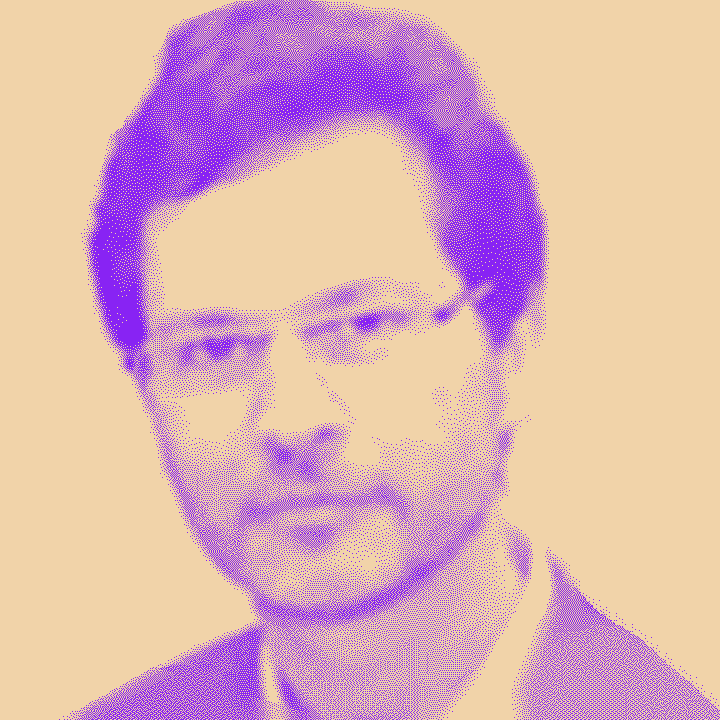
Jose Luis Fabris
José L. Fabris received the B.Sc. in Physics from the Federal University of Paraná (Paraná, Brazil) in 1986, the M.Sc. degree from the Fluminense Federal University (Rio de Janeiro, Brazil) in 1989 and Ph.D. degree from the University of São Paulo (São Paulo, Brazil), in 1994.
His research focused on color center lasers and laser spectroscopy. He is currently a full...
17
Compact Terahertz Driven Electron and X-ray Sources
11:55 to 12:40 / Auditorium
The use of very high frequencies, in the THz region, specifically 100 – 500 GHz, enables operation of accelerators at higher field strength with lower energetic driver pulses. This opens up the possibility of compact low emittance electron sources and high-brightness fully coherent X-ray sources. In this contribution, we summarize the progress made in the ERC Synergy Grant AXSIS: Attosecond X-ray Science – Imaging and Spectroscopy in source technology. The high acceleration fields and field gradients possible in terahertz devices enables novel electron bunch manipulations, bunch diagnostic and promise ultimately fully coherent X-ray production from compact sources. Latest experimental results in the implementation of electron and X-ray sources based on this technology will be discussed.
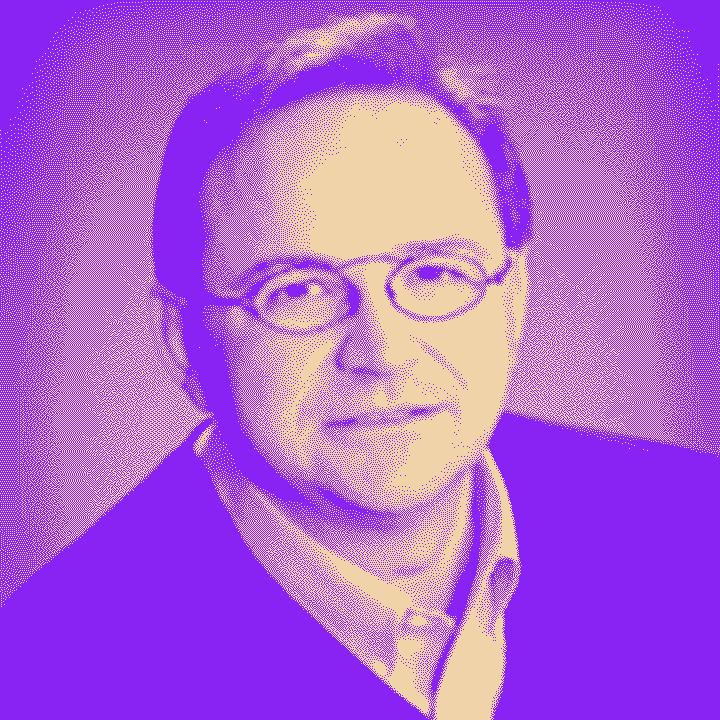
Franz X. Kärtner
He received his Diploma and Ph.D. degree in Electrical Engineering from Technische Universität München, Germany, in 1986, and 1989, respectively. In 1991, he carried out research at Massachusetts Institute of Technology (MIT). From 1993 to 1997, he was a principal investigator at Swiss Federal Institute of Technology, earning his Habilitation degree in Experimental Physics. After...
The Brazilian Photonics Society has begun its activities on May 24th, 2017 with the main objective to work for increasing the importance and awareness of optics and photonics in Brazil and South America.
To contact SBFoton and take active part in this movement, send an email to conference@sbfoton.org.br.
This event’s visual identity was designed by Preface.